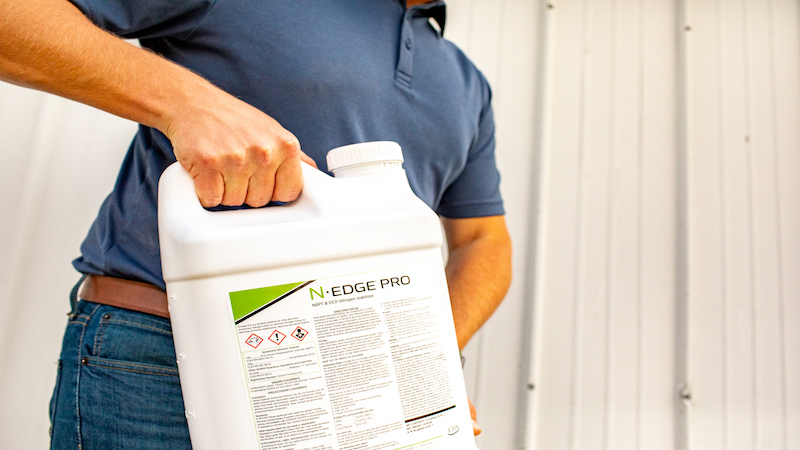Federal Court Vacates Three Dicamba Registrations
A federal court on Wednesday overturned the Environmental Protection Agency’s approval of dicamba from Bayer, BASF, and Corteva, effectively making applications of the herbicide illegal in the United States.
The ruling does not include mention of Syngenta’s Tavium dicamba herbicide.
“EPA substantially understated risks that it acknowledged and failed entirely to acknowledge other risks,” the U.S. Court of Appeals for the Ninth Circuit said.
The embattled herbicide had been facing an uphill battle, highlighted most recently by a letter sent by the Association of American Pesticide Control Officials (AAPCO) to EPA in late April asking that the agency consider banning postemergence use of the pesticide. In February, jurors in federal court in Cape Girardeau, MO, sided with the state’s largest peach producer, awarding Bill and Denise Bader a total of $265 million in damages and holding Bayer-owned Monsanto and BASF equally liable for extensive dicamba drift damage to their peach trees. Bayer and BASF swiftly announced they would appeal the verdicts.
Wednesday’s landmark ruling was on a lawsuit brought by National Family Farm Coalition, Center for Food Safety, Center for Biological Diversity, and Pesticide Action Network North America. The petitioners had argued that the EPA’s decision violates both FIFRA and the Endangered Species Act, 16 U.S.C. § 1536(a)(2).
“We hold that the EPA’s Oct. 31, 2018, decision, and the conditional new-use registrations of XtendiMax, Engenia, and FeXapan for use on (dicamba-tolerant) soybean and cotton that are premised on that decision, violate FIFRA,” the court said.
In particular, the court found that EPA substantially understated the amount of DT seed acreage that had been planted in 2018, and, correspondingly, the amount of dicamba herbicide that had been sprayed on post-emergent crops. Further, the EPA purported to be agnostic as to whether formal complaints of dicamba damage under-reported or overreported the actual damage, when record evidence clearly showed that dicamba damage was substantially under-reported.
Finally, the EPA refused to estimate the amount of dicamba damage, characterizing such damage as “potential” and “alleged,” when record evidence showed that dicamba had caused substantial and undisputed damage, the court ruling stated.
The EPA also failed to acknowledge three more risks, according to the court.
First, it failed to acknowledge record evidence showing the high likelihood that restrictions on over-the-top dicamba application imposed by the 2018 label would not be followed. The EPA based its registration decision on the premise that the label’s mitigation measures would limit off-field movement of OTT dicamba. These measures became increasingly restrictive with each iteration of OTT dicamba labels. “Record evidence shows that the restrictions on the 2016 and 2017 labels had already been difficult if not impossible to follow for even conscientious users; the restrictions on the 2018 label are even more onerous.”
Second, EPA entirely failed to acknowledge the substantial risk that the registrations would have anti-competitive economic effects in the soybean and cotton industries, the court said.
“Finally, the EPA entirely failed to acknowledge the risk that OTT dicamba use would tear the social fabric of farming communities,” the court said, adding, “We therefore vacate the EPA’s October 31, 2018, registration decision and the three registrations premised on that decision.”
Bayer Spokesman Chris Loder told Bloomberg that the company strongly disagrees with the ruling, and are assessing its options. “If the ruling stands, we will work quickly to minimize any impact on our customers this season,” he told the wire service.
Editor’s note: Look for continuing coverage on this story on CropLife.com.






